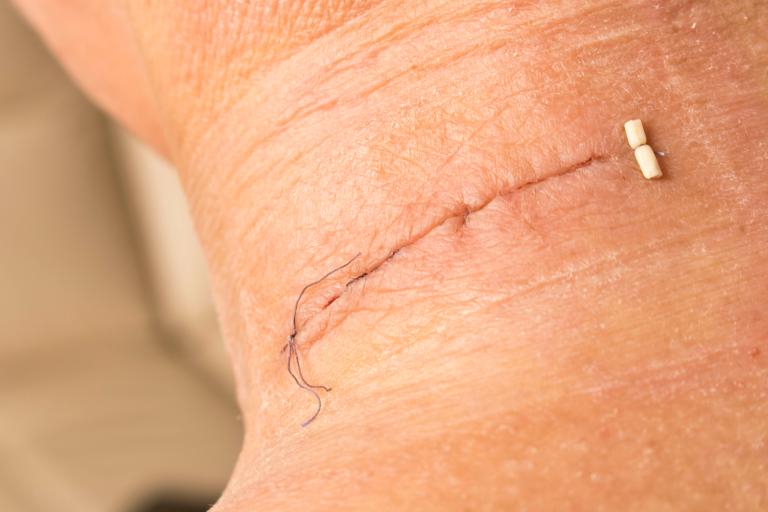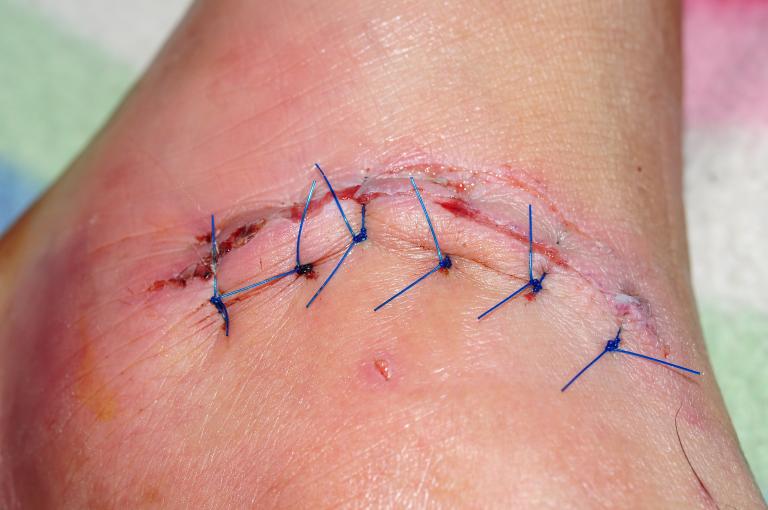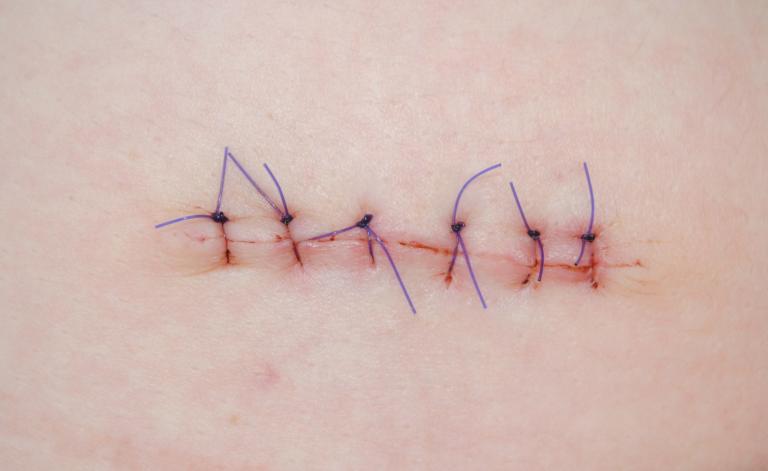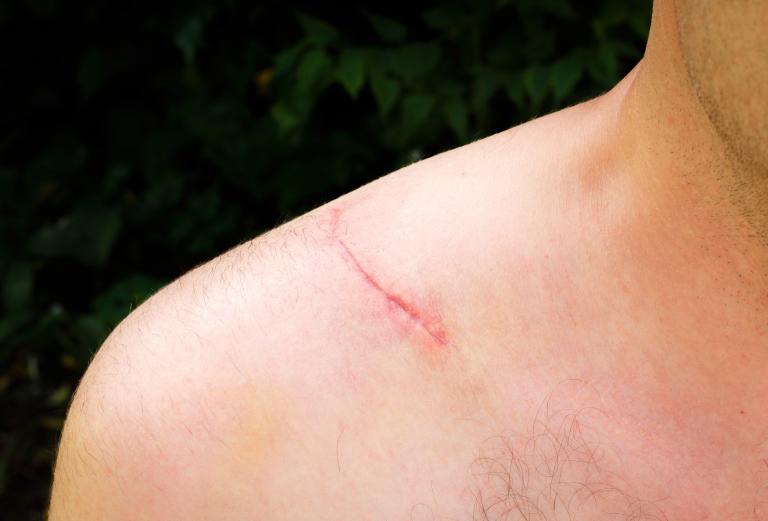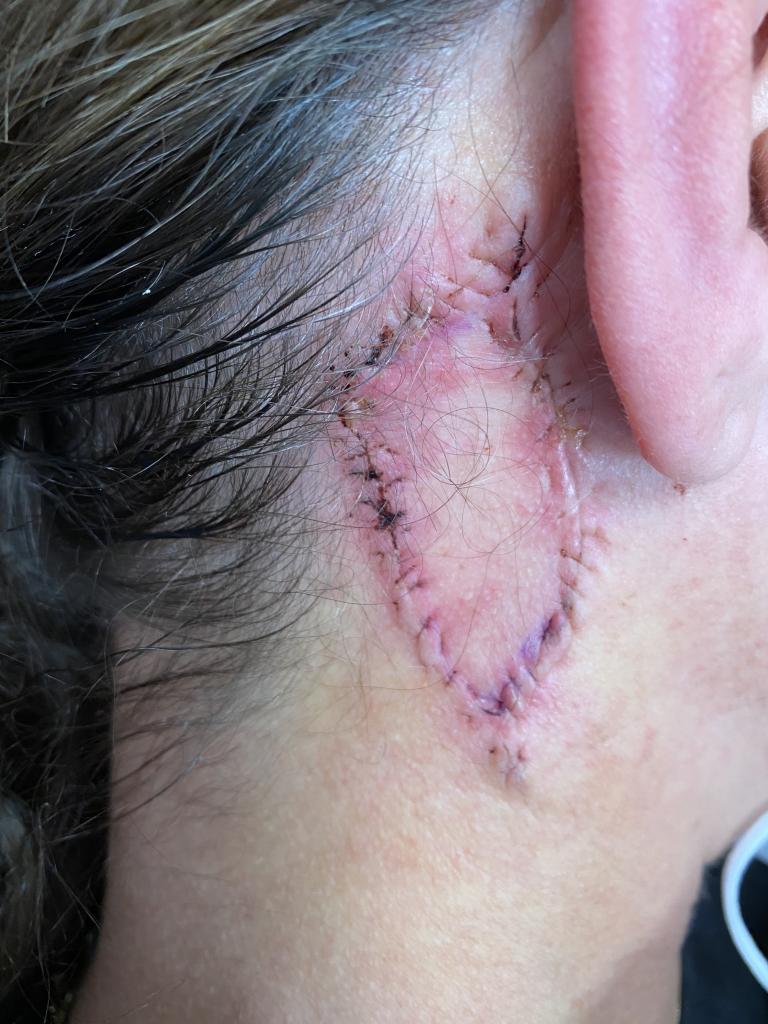
Is Surgery My Only Option?
There are many non-surgical options in the management of skin cancers. At RPS, we are experienced in the use of non-surgical options for managing common skin cancers and can advise whether these are suitable as part of your management plan. These may include surveillance (with clinical photography), ointments designed to remove surface skin cancers or other types of therapies. It may be necessary to take a biopsy of the lesion to prescribe specific non-operative medicines to treat your skin cancer. Non-surgical options may also be used prior to surgery to decrease the size of your skin cancer to make surgery easier.
What is the Role of Surgery?
Surgery is the treatment associated with the highest rate of local cure of most skin cancers. Where other management options are not appropriate, surgery is highly effective at diagnosing and removing skin cancer. The clearance of skin cancers may require the removal of a margin of healthy looking skin around the skin cancer in order to remove cancer cells that may extend microscopically from the tumour edge. Your RPS surgeon is very skilled at the removal of these lesions and in planning how best to minimise the appearance of visible scars as a result of the removal of your cancer.
Excision or Wide Local Excision?
Excision and Wide Local Excision are terms used when our intent is to fully remove the tumour.
Excision is mostly used for simple, discrete skin lesions where it is not necessary to take a wide margin of normal looking skin around the lesion to achieve a complete remove of the lesion. This minimises the size of the defect and makes the reconstruction and the size of the eventual scar smaller.
Wide Local Excision involves surgical removal of a tumour and a definitive cuff of normal tissue around it. The amount of normal tissue taken (also called the clinical margin) depends on the type and severity of the tumour. In the case of melanoma, many excisions can be closed as a single line scar without the need for additional procedures. If necessary, skin grafting (taking skin from another part of the body to replace the skin that is removed) or skin flaps from other sites may be used to cover the wound resulting from the wide local excision. It is important that complete excision of your melanoma (or other skin lesion) is likely to be achieved before reconstructing with a skin flap as rearrangement of the skin for closure may affect re-operation if the skin cancer is not completely excised during the procedure.
Will my Skin Cancer be Removed with a Single Surgery?
At RPS Melbourne, we follow national guidelines for the appropriate margins of excision of various skin cancers. These margins are designed so that the clearance rate of most common skin cancers is approximately 95%. This means that 19 out of 20 patients have complete removal of their skin cancer without more tissue being removed than is absolutely necessary. Approximately 5% of patients will receive a biopsy result that says that tumour cells are still present at a margin of the excision. Sometimes this occurs because the skin cancer may have a mixture of patterns, including a skin cancer type that requires a larger margin for complete removal. This may not be apparent with the original biopsy. Further surgery may be necessary and your surgeon will discuss this with you.
High Risk Lesions and Delayed Reconstruction
Some specific skin cancers have a very high risk for incomplete excision. These include surface melanomas (Lentigo malignant) and some forms of basal cell carcinoma (Micronodular Basal Cell Carcinoma) as examples. Your surgeon may suggest delayed reconstruction of your skin defect in this setting. In this approach, the surgical management is broken up into multiple smaller operations. The first operation involves removal of the skin cancer and the specimen is sent for definitive histopathology. If the skin wound cannot be closed directly with stitches, a wound dressing is placed into the wound and reconstruction is delayed until there is confirmation of removal of the skin cancer. Reconstruction with a skin graft or flap is then undertaken in a subsequent operation once the skin cancer has been completely removed. This limits the risk of having a positive margin when a flap reconstruction is performed, or the need for repeat skin grafting for a positive margin. Your RPS surgeon will work with you to determine whether this option is right for you and your specific needs.
